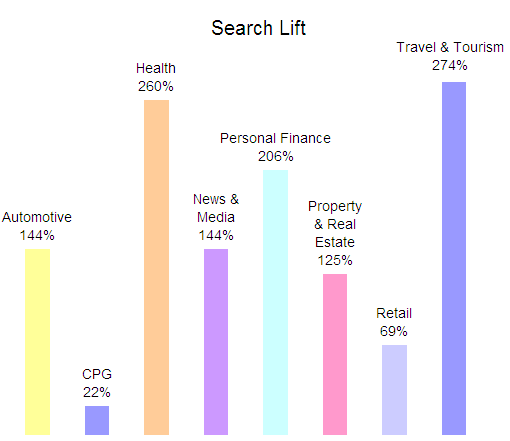Robert Scoble just posted this YouTube video of a demonstration of Microsoft’s Surface multi-touch tabletop monitor. Shot at last week’s Gnomedex, this video serves as a sneak preview of what this technology can do in a social setting.
Last month I posted about the new Bokode barcode. One application I described to friends was its use on trade show floors. The barcodes would be worn on presenter name tags, and reveal much about the wearers to any conference attendee wielding a smart-phone camera (the link to the Bokode post is below).
The MS Surface offers a different solution to the same challenge. It’s one of making the most of a networking opportunity. The tabletop displays the conference’s social graph, which can be manipulated and organized by anyone who steps forward and plops down their name tag.
Making the most of conferences
National conferences demand efficiency from its attendees. The cost in time and money is considerable, so many of us look at them as a competition to beat our personal best: How many relevant contacts can we make? How many friendships and business ties can we deepen? It’s all an effort to be efficient, and not fly home feeling we’ve overspent on a rare chance to make valuable face-to-face contacts.
This strong networking benefit is what’s convinced me that Microsoft is on to something. I suspect the main challenge with their tables will be the over-crowding that takes place around them. Conferences providing this technology will be hard-pressed to have enough tables to go around.
Related links:
